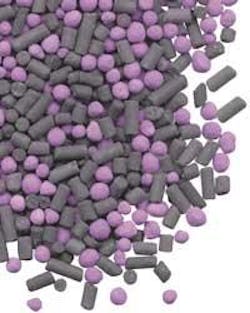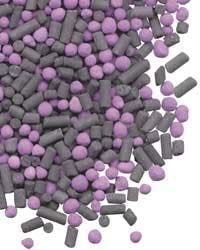US Spending Levels Finalized for 2002 Fiscal Year
By Maureen Lorenzetti
President George W. Bush's approval in late February of a massive $397 billion omnibus spending bill ended a four month impasse over spending levels for the current fiscal year that began Oct. 1, 2002. The spending measure funds most of the federal government excluding defense and includes provisions that maintain funding of the state revolving fund programs at their current levels of $1.35 billion for the clean water SRF and $850 million for the drinking water SRF.
The next budget cycle may also be protracted with fiscal pressures mounting on both the federal and state level. There is hope that Congress will keep spending at historical levels, although higher spending may not happen.
According to the Water and Wastewater Equipment Manufacturers Association, the President's FY 2004 budget proposal released Feb. 3 calls for a significant reduction in SRF funding.
But the group anticipates Congress taking similar action to what it did for FY 2002 and restoring funding to current levels. Meanwhile there are also proposals pending before Congress that would give water utilities federal money to improve security if they meet certain guidelines.
GAO report on Water
The General Accounting Office in February issued a report recommending that the US Environmental Protection Agency provide additional guidance to states that are retooling water quality standards. It said the agency should follow through on plans to assess the feasibility of establishing a clearinghouse of approved use changes.
Other recommendations include: setting a time frame for developing sedimentation criteria, and developing alternative, "scientifically defensible" monitoring strategies that states can use to determine if water bodies are meeting the criteria. Finally, GAO auditors suggested that EPA develop guidance and a training strategy to help the agency's regional staff in determining a scientifically sound way to defend proposed criteria modifications.
EPA agreed to give "serious consideration" to GAO's recommendations and provided several technical comments and clarifications.
To assess EPA and states' actions to improve water standards, the chairman of the subcommittee on Water Resources and Environment asked GAO to determine two things. First, it asked GAO to see how states are changing designated uses when necessary and to what extent EPA is assisting states toward that goal. Second, the lawmakers asked GAO to comment on how EPA is updating its criteria documents that are designed to assist states in establishing criteria that can be compared with reasonably obtainable monitoring data.
GAO said that EPA has obeyed the law by developing and publishing criteria for a wide range of pollutants. But the agency still has not developed criteria for sedimentation or finalized criteria for nutrients, the pollutants that EPA itself acknowledges account for a relatively large share of the nation's "impaired" waters.

